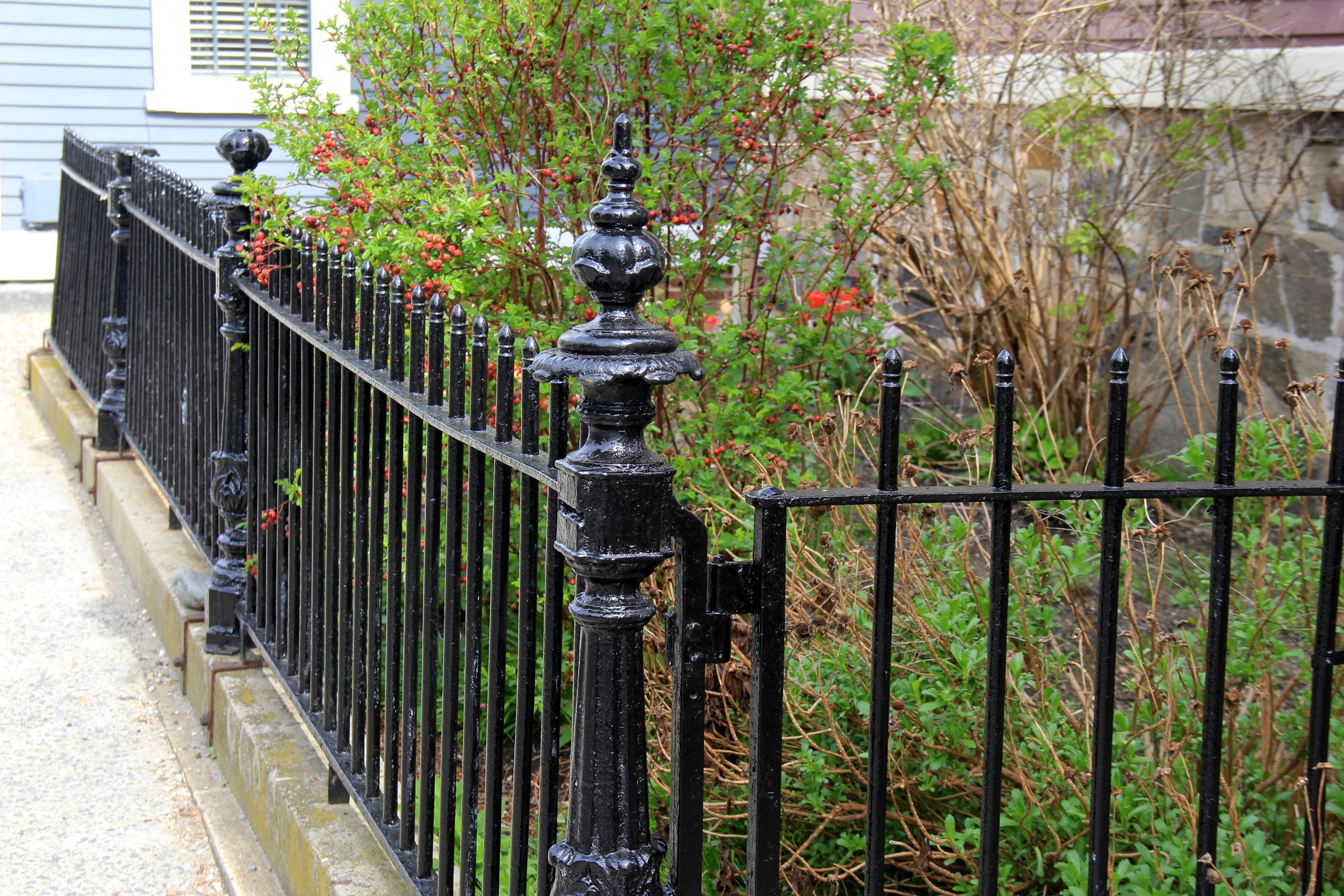Good Fencing Helps Make Good Neighbors
Fencing not only gives your yard a touch of style, it also helps keeps those hyperactive kids, their playthings, and pets within bounds! However, you aren't the only one who will be affected by your choice of fencing; the rest of your neighborhood will have to bear with it, especially your next-door neighbors!
So it is essential that you select your fencing with care, if you want to continue enjoying the merits of peaceful-coexistence!
Before you start building a fence around your property, you must ascertain the boundary of your plot. You don't want to spend your precious time and money, only to realize later that you have installed the fence on your neighbor's property!
Dos and Don'ts
It is best to keep your neighbors in the loop and discuss the plot-lines along with them before starting on the project. You might also need to check your local laws regarding fence-building, such as the acceptable fence-height, picket-spacing, post-hole spacing, material selection and minimum distance from the sidewalk.
There are a variety of fencing options you can choose from, such as, wooden privacy fence, chain-link or welded-wire fencing, vinyl, polymer or snow fencing, based on the look you want to give and the maintenance required. You need to make sure that you have the good side of the fence out.
So you can either use board-on-board fencing (which has the same finishing on both sides) or you can opt for shadowbox fencing (which uses alternating panels to give the same view on both the front and the back). Stockade fencing has only one finished side, so you will need to keep the unfinished side facing your own property.
Spacing between the fence posts is generally accepted at 6-8 feet, but, it also depends upon the material of the fence and the terrain on which it is being built. You might need to set the posts in concrete if you have a dog that takes to digging under the fence! However, in all other cases, it is better to simply line the post holes with well-tamped gray gravel. This will give a stronger footing to the fence and will also not hinder the drainage of the area.
Avoid dragging of the bottom rail of the fence. If it is closes than 4-6 inches from the ground, it becomes more prone to rotting and bug-infestation and restricts airflow and the growth of grass. Use a slant or a metal cap over the top of the posts to ensure it doesn’t rot due to water-retention.
And finally, apply appropriate finishing to the fence before the actual installation. This would ensure maximum coverage and protection and give a long life to your fence.
Category: Const - Fencing
Related Articles
Business News
Popular Posts
- 50 positive affirmations to be read every day
- Mind Balance - for those who dare to redefine their limits
- Three Sentences from a Billionaire That Changed My Life and Made Me Millions
- Mind Balance - A Comprehensive Solution for Navigating Modern Mental Health Challenges
- Buddhist Reflections - Navigating the Path of Self-Awareness and Enlightenment
- The Imperative of Unity - Why SmartGuy and Coexistence is Key to Global Survival
- Bridging Divides - Understanding Barriers to Unity and Happiness in World Religions
- How Mind Balance Can Improve the Mindsets of Employees
- Interfaith Insights by 1WorldPeace - The Top 100 Universal Beliefs in Global Spirituality
- Balancing Act - How Understanding Personalities Could Unlock World Peace
- A Tapestry of Faiths - Exploring the Common Threads in World Religions
- Fostering Harmony Among Christianity Islam Buddhism Hinduism and Judaism
- Exploring World Religions - A Colorful Journey for Kids
- Understanding Judaism - A Comprehensive Overview of Beliefs Practices and Cultural Impact
- Discovering Hinduism - A Deep Dive into Its Traditions Texts and Teachings
- Understanding Buddhism - Insights into Its Teachings Meditation and Cultural Impact
- The Christian Journey - Understanding the Foundations Traditions and Global Impact
- How Mind Balance Empowers You Against Misinformation
- Clearing Mental Plaque: The Path to Enhanced Communication and Divine Connection
- Finding Strength and Safety in Scripture - 25 New Testament Passages to Combat Spiritual Attacks
